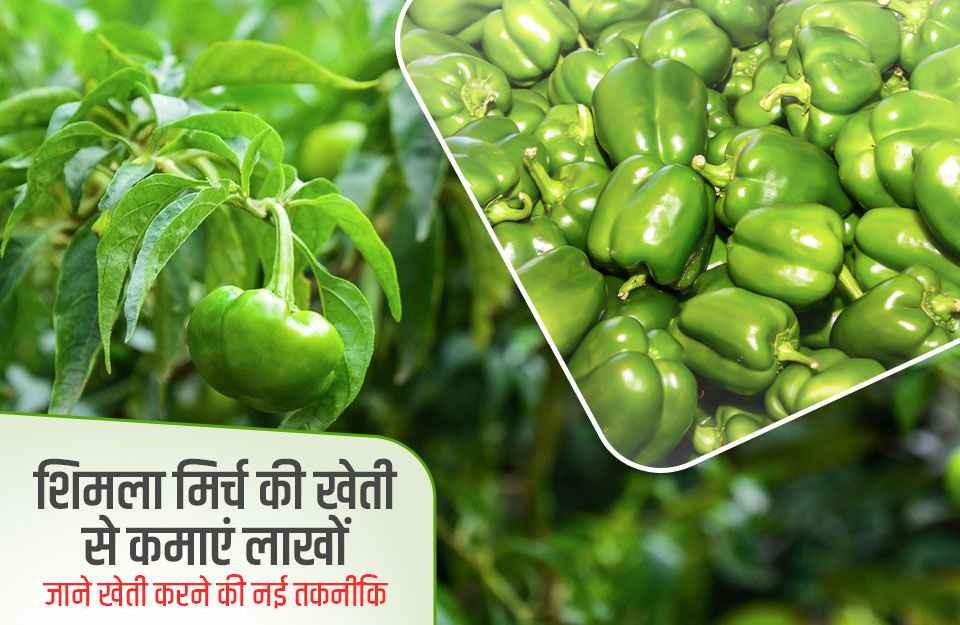
In India, a wide variety of vegetables are cultivated, including major crops like tomatoes, potatoes, onions, coriander, and bell peppers. These vegetables are rich in essential nutrients such as vitamins, proteins, iron, potassium, zinc, and calcium. Bell pepper, a green vegetable also known as capsicum or sweet pepper, can be particularly profitable for farmers during the summer season.
Bell peppers are popular in fast food markets due to their mild flavor. According to agricultural experts, the best time to cultivate bell peppers is during June-July and November-December. Starting with a well-prepared nursery can lead to a high yield.
To prepare bell pepper seedlings, use well-treated trays for sowing. Mix vermiculite, perlite, and coco peat in a 1:1:2 ratio to create the growth medium. Fill the trays with this mixture, placing one seed per cell, followed by light watering. Mulching can be used if necessary. For one hectare of cultivation, 200-250 grams of hybrid seeds or 750-800 grams of regular seeds are required.
Read More... Coriander Cultivation, Planting, Sowing, and Advanced Varieties
Popular varieties of bell peppers include California Wonder, Royal Wonder, Green Gold, Bharat, Arka Basant, Arka Mohini, Syngenta India's Indra, Bombay, Lario, Orobelle, Seminis 1865, and Heera.
To achieve high profits and good yields, consider the following.
Soil Preparation: Before planting, thoroughly plow the field 4-5 times and mix well-decomposed cow dung manure into the soil. Prepare beds 80-90 cm wide for planting.
Fertilization: Use chemical fertilizers at a ratio of N:P:K - 250:150:150 kg per hectare.
Plant Spacing: Maintain a distance of 45 cm between plants for optimal growth.
Irrigation: Ensure proper irrigation without waterlogging. During summer, water the plants weekly, and in winter, every 12-15 days. Drip irrigation is recommended for efficient water use.
Pest and Disease Management: Regularly monitor the crop for pests and diseases, and apply appropriate treatments as needed.